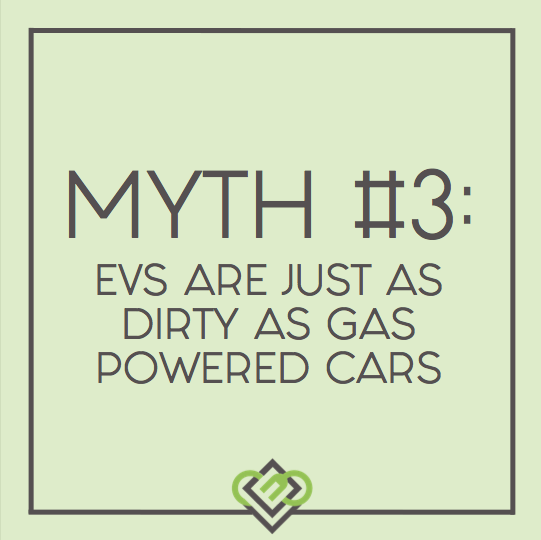
A big myth we hear in Utah, where air quality is an issue on everyone’s minds, is that driving electric is just as dirty as driving a gas powered car, because the electricity is largely still generated from nonrenewable energy. According to the EPA, however, the greenhouse gas emissions of an EV are equivalent to a gas-powered car getting 80 miles per gallon, and that’s a nationwide average– it jumps to 96 MPG in Utah. Regenerative braking (meaning the friction from the brakes charge the electric battery) and zero idling (we waste 6 billion gallons of gasoline on idling annually in the United States) are partially responsible for this.
We certainly aren’t stopping there, however. A major difference between cars that run on gas and cars that run on electricity is that the electricity sources are changing for the cleaner. According to UCSUSA, “utility-scale renewable power like solar and wind power have grown to make up 10 percent of electricity generation.” We’re seeing that locally with Rocky Mountain Power.
Rocky Mountain Power and the city of Salt Lake have partnered with the goal of reducing community carbon emissions by at least 80% by 2040 and achieving 100% renewable electricity for the community by 2032. These goals are reachable through electric vehicles (that’s us!), renewable energy, a progressive grid (also us!) and improving the efficiency of energy delivery.
You can read more about the Clean Energy Implementation Plan here.
Tammie Bostick-Cooper of Utah Clean Cities sums it up perfectly: “electrification is the trend of the future. Be part of it. As our grid becomes cleaner, as we bring on more renewable energy, your care becomes exponentially cleaner. You can’t say that about [cars that run on] fossil fuels.”